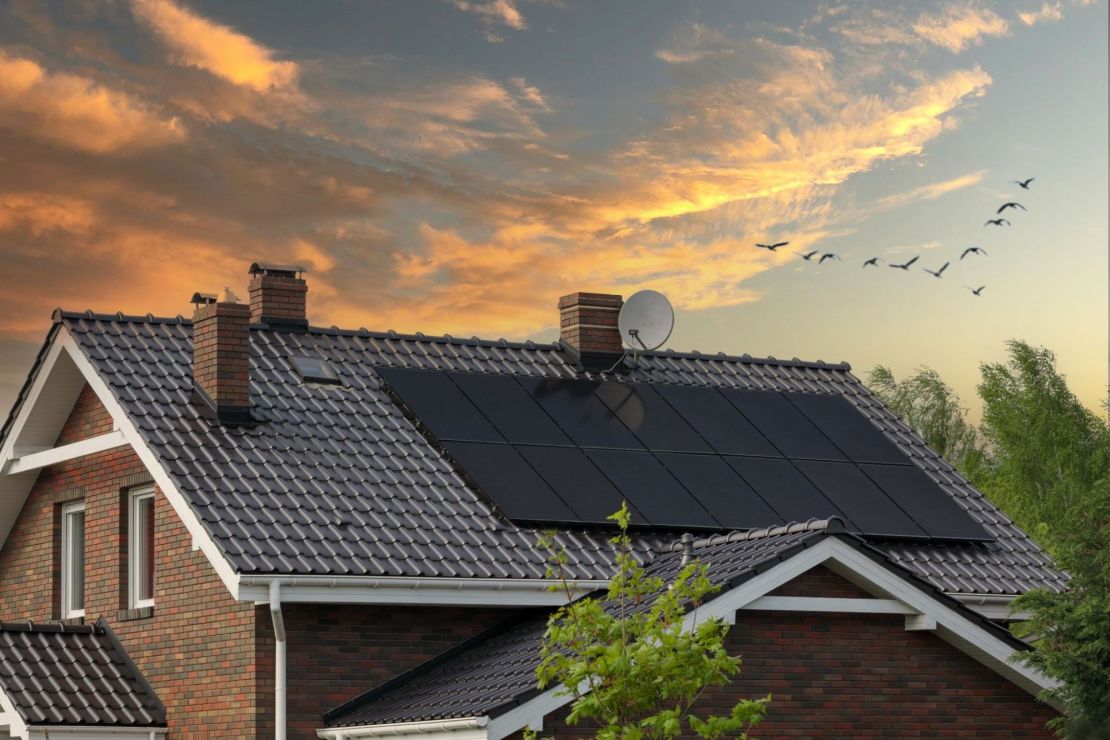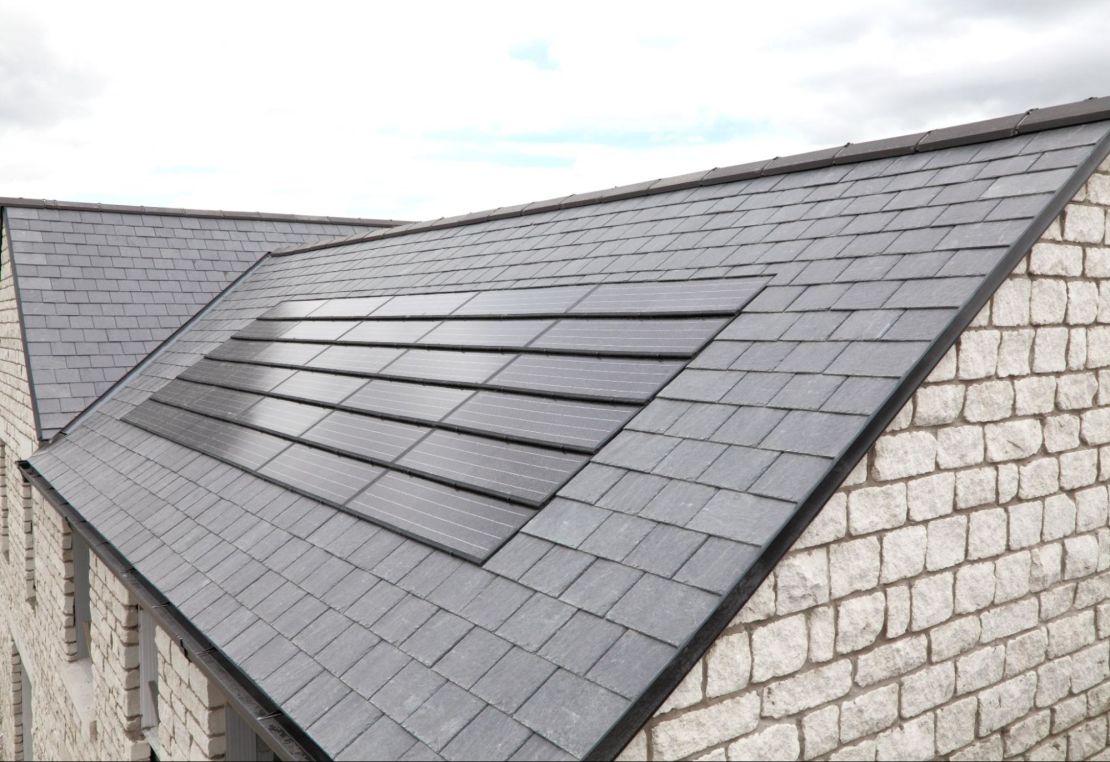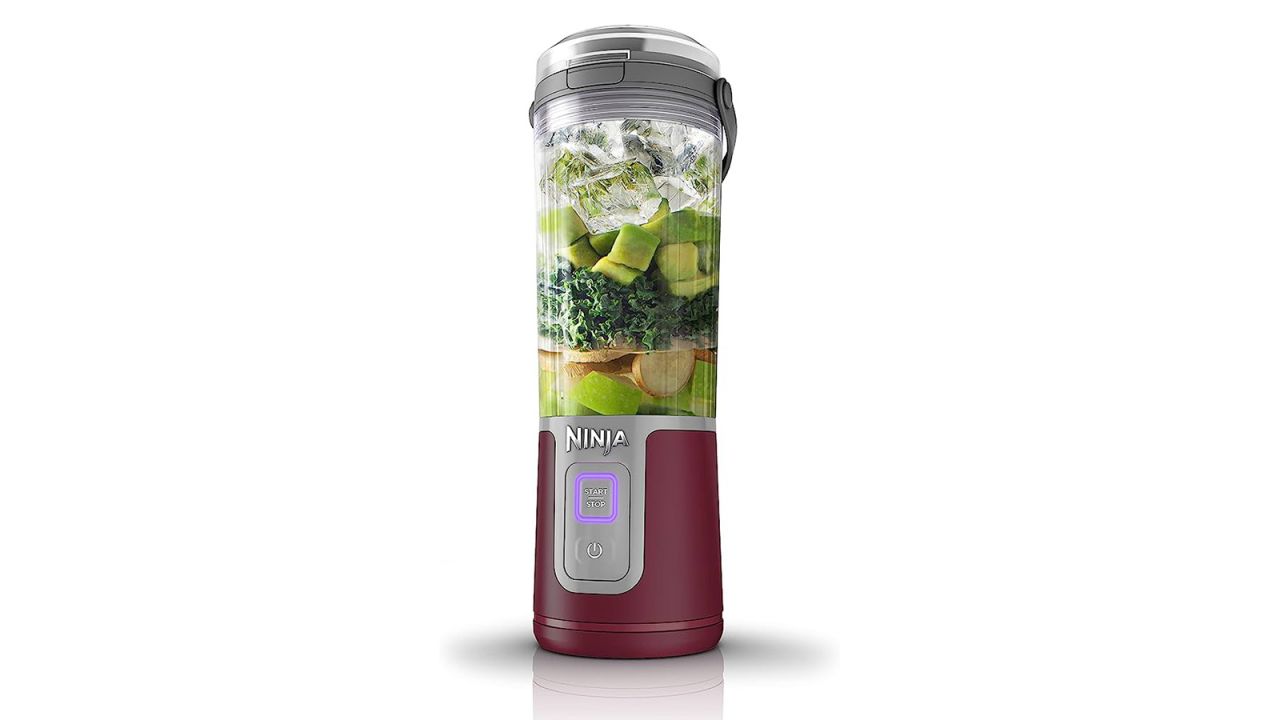Nearly everyone can benefit from solar panels in one way or another. The extent of those advantages will differ depending on where you live, your energy usage and the type of solar panel you buy.
“The sun’s a giant, free battery, and solar panels tap into it,” Chris Stevenson, a professional roofer, told CNN Underscored Money. “You’re generating your own clean electricity, reducing your reliance on the grid and fossil fuels. That’s a win for your wallet and the planet.”
Learn more about the various types of solar panels in this guide.
Key takeaways:
Monocrystalline solar panels are the most efficient, making them best for homeowners who need to offset a lot of energy.
Polycrystalline solar panels are budget-friendly but are not the most efficient solar panels on the market.
Thin-film solar panels are portable, flexible and versatile.
Solar shingles may be expensive, but their style makes them ideal for anyone who doesn’t want to compromise curb appeal.
How photovoltaic (PV) technology works
Each solar panel is made up of photovoltaic (PV) cells. These typically comprise two silicon semiconductive layers sandwiched together, one positively charged and one negatively charged. The free electrons within the panel jump from the negative to the positive semiconductor to create a balance where all parties have the perfect number of electrons.
When sunlight hits the face of a solar panel, energy from the sun is absorbed by the PV cells. As particles of light (also known as photons) enter the panel, they will knock electrons free from the balanced atoms, thus generating a flow of electricity.
Applications and advantages
Not only does PV technology allow you to reduce your carbon footprint, you can lower or eliminate your monthly utility bills. If your utility provider has a net-metering policy, you can even sell excess energy for credits or cash.
“There are really no direct cons [of solar panels] for most homeowners,” said Dr. Joshua Pierce, engineering professor and Chair of Information Technology and Innovation at Western University.
However, cost may be a factor for many homeowners, considering the average solar panel system costs between $13,000 and $27,000.
Efficiency and performance characteristics
The most efficient solar panels have ratings of 20% or more, but most solar panels fall within a 15% to 20% efficiency range. You can expect the average solar panel to produce around 300 watts per hour, but most residential solar panels produce between 250 and 400 watts per hour.
Comparing solar panel types
Four main types of solar panels are used for residential homes: monocrystalline, polycrystalline, thin-film and solar shingles.
|
Best for
|
Average efficiency
|
Pros
|
Cons
|
|
|---|---|---|---|---|
| Monocrystalline | Efficiency |
15% - 20% |
Most efficient |
Expensive |
| Polycrystalline | Cost-effectiveness |
13% - 16% |
Budget-friendly |
Not as efficient |
| Thin-film | Portability |
7% - 18% |
Flexible and portable |
Not as durable |
| Solar shingle | Aesthetics |
12% - 14% |
Low profile |
Expensive |
Monocrystalline solar panels

Monocrystalline solar panels are generally regarded as the best in the business. These panels have the highest efficiency ratings of all types and are slightly more attractive than other options with their sleek design and discreet black surface.
Monocrystalline technology explained
Monocrystalline solar panels, which are usually black in color, are made from a single silicon crystal. This single crystal makes the structure more uniform, making it easier for electrons to move around and generate electricity.
PERC (passivated emitter and rear cell) solar panels fall under the monocrystalline umbrella but have quickly become an industry buzzword. Due to their added silicon layer on the back side of the panel, PERC solar cells push conversion efficiency over the 20% mark by reducing the rear surface reflection of panels.
Unlike traditional monocrystalline solar panels that are costly to manufacture and install, PERC panels are less expensive. They also come with perks like reduced installation time and lower space requirements.
Monocrystalline efficiency and performance characteristics
- Efficiency: 15% to 20%
- Average watts: 300 to 400+ watts
- Lifespan: 40+ years
Applications and advantages of monocrystalline panels
Monocrystalline solar panels may win as far as efficiency ratings go, but they are the most expensive option. These solar panel systems can get pricey, with an average installed cost of $2 to $3 per watt. But if you live in a cloudy region, get only a few hours of daily sunlight, have a small roof or have a shady property, you may have to splurge on monocrystalline to produce enough electricity to offset your energy costs.
Polycrystalline solar panels

Polycrystalline solar panels, which are usually dark blue in color, may not be the most efficient solar panels. However, they are much more affordable and can still produce enough energy to save money on your energy bill.
Polycrystalline technology explained
Polycrystalline solar panels are made from multiple silicon crystals that have been fragmented and melted together. Although this may be easier to manufacture, the fragmented pieces make it harder for the electrons to move around, making them less efficient than monocrystalline panels.
Polycrystalline efficiency and performance characteristics
- Efficiency: 13% to 16%
- Average watts: 250 to 300 watts
- Lifespan: 20 - 35 years
Applications and advantages of polycrystalline panels
Polycrystalline panels offer a more affordable option, albeit at a lower efficiency. At an average of $0.75 to $1 per watt, polycrystalline solar panels are the best choice for the homeowner on a budget. You may not be able to completely offset your energy costs with these panels, but you can certainly still benefit from solar energy.
If you live in a region that gets a lot of direct, daily sunshine, you’re more likely to benefit from these cheaper solar panels.
Thin-film solar panels

Unlike big, bulky monocrystalline and polycrystalline solar panels, thin-film solar panels are malleable and lightweight. There are three types of thin-film solar panels:?amorphous (a-Si), cadmium telluride (CdTe) and copper indium gallium selenide (CIGS).These flexible solar panels are more affordable but less efficient than the best solar panels on the market.
The versatility of thin-film technology
The main draw of thin-film solar panels is their versatility. Not only can they now reach efficiencies similar to those of polycrystalline panels, but they can be transported easily and are malleable enough to attract curved surfaces. With layers up to 350 times thinner than traditional solar panels, thin-film solar panels are great for RVs, backpacking and boating.
Thin-film efficiency and performance characteristics
- Efficiency: 7% to 18%
- Average watts: 100 to 400 watts (but depends on model)
- Lifespan: 10 to 20 years
Applications and advantages of thin-film panels
Thin-film solar panels are best for anyone who wants easy access to energy on the go. These panels may not boast the most efficiency, but they will do the job if your goal is to keep your cellphone charged on your two-week-long backpacking trip or power some of your RV’s or van’s electronics. These also tend to be on the cheaper side, at $0.40 to $0.69 per watt.
Solar shingles

Solar shingles are popular because of their sleek appearance and modern design. Most solar shingles are made using thin-film technology, primarily CIGS. Though many homeowners find them aesthetically pleasing, they are more costly. Tesla solar shingles are the most expensive — as much as $70,000 in some cases.
Solar shingles efficiency and performance characteristics
- Efficiency: 12% to 14%
- Average watts: 13 to 70 watts per shingle
- Lifespan: 25 to 30 years
Applications and advantages of solar shingles
Solar shingles are the best option if you want the benefits of solar energy but still want to maintain your curb appeal. Because they are lower profile, you may have an easier time getting your solar energy system approved by your homeowners association (HOA). Solar shingles can cost anywhere from $15,000 to $70,000 installed.
Choosing the right solar panel type
Though monocrystalline solar panels are often positioned as the best option, there isn’t one type of solar panel that’s best for everyone.
Factors affecting solar panel efficiency
The following factors impact solar panel efficiency:
- Dirt and grime: According to a 2022 study by the International Energy Agency, panel soiling (or dirty solar panels) reduces panel efficiency by 3% to 5%. An older study by the University of California San Diego suggests this efficiency reduction can be as high as 7.4%. Regular solar panel maintenance and cleaning is good practice; otherwise, dirt, grime and bird droppings might impact your energy output.
- Recombination: Recombination is when an electron cancels itself out and produces no energy. Solar panels with fewer “holes” or impurities in their crystalline structure — like monocrystalline panels — are more efficient.
- Reflection: The more light reflected away from the surface of your solar panel, the less efficient it is. Efficient solar panels are dark blue or black, as these reflect the least amount of light.?
- Temperature: Extreme heat can hurt solar panels, which are more efficient at lower temperatures. Extreme temperature changes can also negatively affect or even damage the panels.
- Wavelength: The type of light — from ultraviolet to visible range to infrared — impacts efficiency. Solar panels do best when exposed to visible red light.
How to choose the right type based on your needs
“Consider your specific situation and do your research,” Stevenson said. For example, if you live in California, you might not need the most efficient solar monocrystalline panels simply because you have more access to direct sunlight. But if you live in cloudy Washington state, you may need the most efficient solar panels to maximize the potential benefits.
Ask yourself these questions to determine which type of solar panels are right for you:
- How many hours of direct sunlight do I have? The more access to sunlight you have, the more energy your solar panels can produce. If you get good sun coverage all day, you can get away with less efficient polycrystalline solar panels; if you only get a few good hours of sunlight each day, go the high-efficiency monocrystalline route.
- What is my budget? If your budget is tight, polycrystalline solar panels may be the way to go. If you have ample room in your budget, you can consider monocrystalline panels or even the more attractive solar shingles.
- Do I have trees shading my property? You’ll want more efficient solar panels if you have dense tree coverage that blocks the sun from your roof most of the day.
- Does my HOA allow solar panels? Not all HOAs allow solar panels. If you live in an HOA zone, you may want to consider solar shingles, as they are considered less of an eyesore and are more likely to be approved.
- How much energy do I use each month? Do you use more than the average 899 kWh per month? Less? The amount of energy you need impacts your decision, as you’ll want to get a solar panel that can produce enough energy to offset your energy use.
- Are you buying solar panels for a use other than rooftop solar? If portability is your driving force, you don’t want to lug around a large, heavy solar panel. If you need solar panels for camping, RVing or hiking, thin-film solar panels are likely your best choice.
Bottom line
There are four main types of solar panels: Monocrystalline, polycrystalline, thin-film and solar shingles. Each has its benefits and drawbacks, and the best solar panel for your needs depends on your unique situation.
If budget is no barrier, you should consider energy-efficient monocrystalline panels or solar shingles. If you want solar energy on a budget and don’t mind covering only part of your energy bill, choose a polycrystalline system. For the eco-conscious van-lifer, RV enthusiast or backpacker, a lightweight thin-film solar panel might be all you need.
















